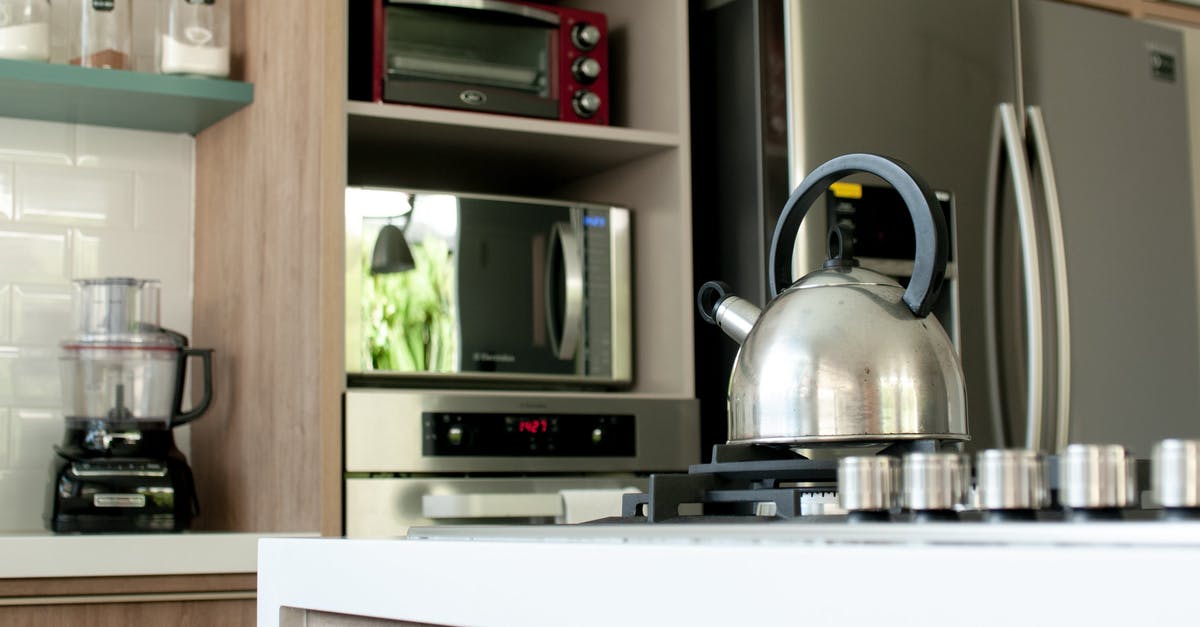What does a fridge do apart from storing and cooling?

There are quite a lot of recipes ending with 'Put it in the fridge for a couple of hours'.
I've had this with tiramisu, chocolate mousse, panna cotta to name a few. All of these have ingredients like whipped cream, whipped egg white or gelatin. The reason to do so is - I think - that the fat particles, which were distributed by whipping, would stick together; and this is easiest to achieve with a low temperature. In case of the gelatin, I think it's just: the colder the firmer.
In my experience, when I get one of these things out of the fridge and they stay on the table for +1 hour, they still are stable.
Does the cooling down causes some irreversible change in the texture of things? Or it really is only the temperature that's changed, so if I would put it out of the fridge, it's just a matter of time till it gets runny again?
Best Answer
The fridge itself does storing, cooling, and dehydrating. But the last part is rather slow, you don't see the effect all that much. It is more prominent at low temperatures (manifests as freezer burn). But try leaving unwrapped bacon slices in the regular fridge and you'll see what I mean. But anyway, it isn't all that interesting what the fridge does, because we only use it for cooling. The interesting things happen in whatever you put into the fridge.
The explanation will be somewhat long even without details. The dishes you described have different reasons to need cooling, so I have to deal with them separately.
First, egg whites. Stiffly beaten egg whites tend to weep. Cooling them slows the process. You know, less Brownian motion, etc. Still, overbeating them is never a good idea :) In this case, there are no fat particles responsible for the foam stability; in fact, the smallest amount of fat can disrupt the building of egg white foam.
The second class are the dishes which contain lots of saturated fat. They are made with (raw) cream, chocolate, butter, or other such stuff. Saturated fat is an amorphous solid, it has no sharp melting point. It gets very soft before it melts, butter is a good example. So these things are kept at fridge temperatures. If they are left to warm again to room temperature, they become much softer than in the fridge. (The exception which gets softer than in the fridge, but not all the way to the state before cooling, is ganache. This is because cocoa contains starch, which thickens. See the part about gelling below).
Third, we have custards. Panna cotta is a good example. They set by way of denaturing egg proteins. This happens at around 85°C, on the stove. They are put into the fridge to get colder, because they taste better that way. They don't get firmer in there, and they won't melt if taken out of the fridge.
Then we have the hydrocolloids, or gelling agents. While technically starch gels in a different way than gums, I'll put them together here. The important point is to know if they are thermoreversible. Starch isn't thermoreversible. If you create a blanchmange thick enough to stay on its own out of the mold, it will need to be cooled before it is set completely. But once set, it won't go fluid again at high temperatures. Gelatin, on the other hand, is thermoreversible. It needs to be heated before it will dissolve at all, but then it must be cooled to set again. If you make jello and keep it outside of the fridge, it won't be much softer than in the fridge. But if you heat it up all the way to 50°C, it will melt to liquid again. Then there are the even funnier ones which will harden at high temperatures and soften at low temperatures, etc. But mainly, you don't have to keep hydrocolloid gels cooled once they are set. In fact, they don't even need fridge temperatures to set. Gelatine is perfectly happy to gel at summer room temperatures. But the cooling takes much longer because of the smaller heat difference between liquid and air. So it sets quick in the fridge, but has to be left overnight in order to work at room temp.
As for the practical meaning of all this: you can keep most stuff outside without a texture problem. The exception of this rule is anything made with saturated fat: cream, chocolate, pastry dough, buttercream frosting. But it is common knowledge that these should be kept cool anyway.
Pictures about "What does a fridge do apart from storing and cooling?"



Quick Answer about "What does a fridge do apart from storing and cooling?"
Aside from keeping drinks at a cool, enjoyable temperature, they also make our food safe to eat. Without refrigeration, most foods would spoil in a matter of days, if not hours. Refrigeration slows the growth of bacteria to the point where foods can last for weeks and even months if frozen.How does a Refrigerator work?
More answers regarding what does a fridge do apart from storing and cooling?
Answer 2
rumtscho's answer covers most of the reasons why recipes call for "putting in the fridge for a couple of hours". Another important example where refrigeration is necessary is in recipes that require meat to be marinated.
Depending on your tastes and culinary interests, you may or may not have come across recipes that require marination. Some examples that come to mind are meat kababs (Mediterranean/S. Asian), some Indian tandoori recipes and I've also found some Chinese recipes that require marination in soy sauce (although, this is not as consistent across different websites as it is for the other two).
In all these cases, marination must be done in the refrigerator because all meat products contain bacteria, which at room temperature, multiply at a much faster rate than at the colder temperatures inside a fridge.
Sources: Stack Exchange - This article follows the attribution requirements of Stack Exchange and is licensed under CC BY-SA 3.0.
Images: Andrea Davis, Dayvison de Oliveira Silva, Dayvison de Oliveira Silva, Erik Mclean
